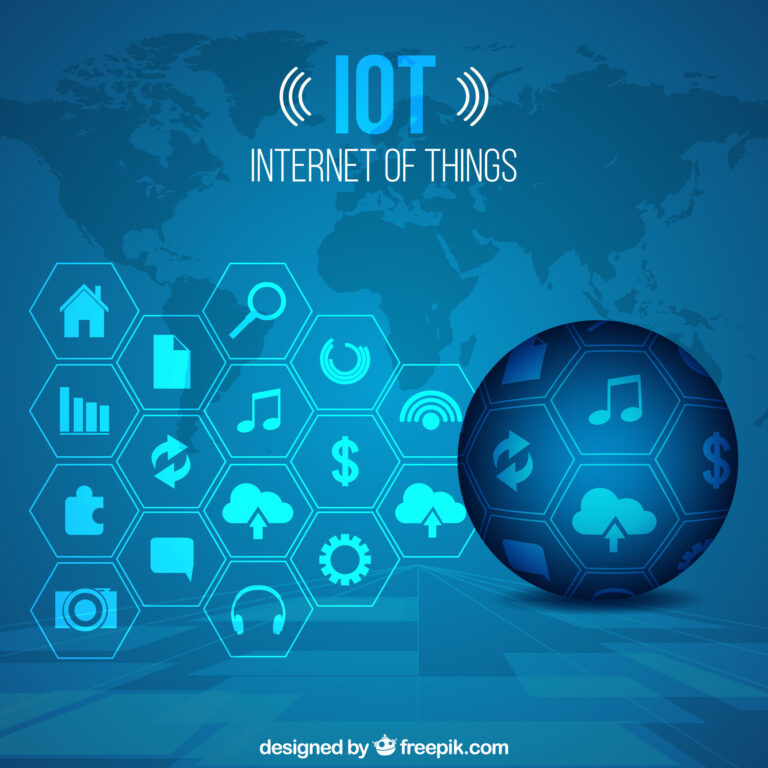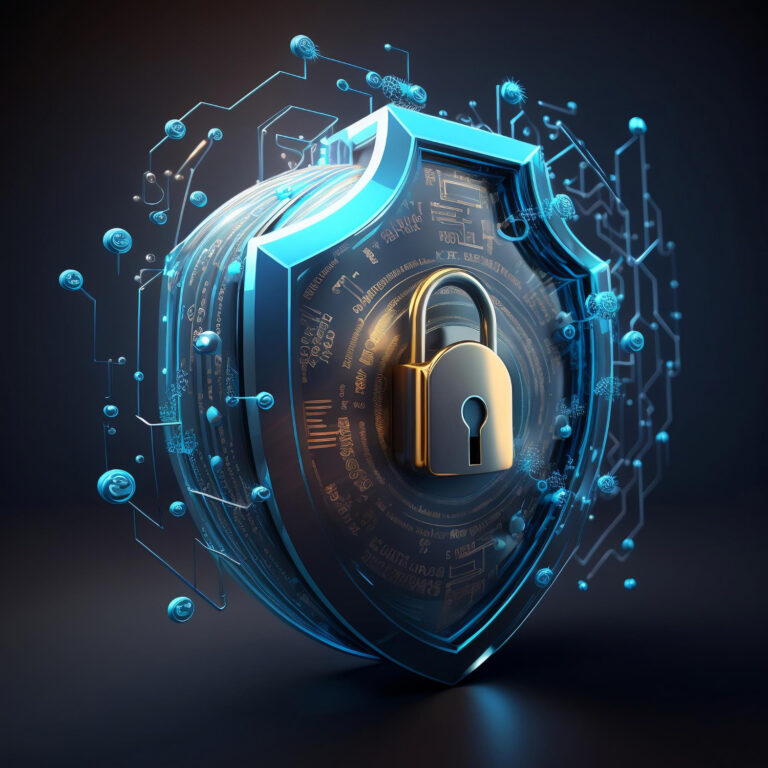How 6G Will Revolutionize Connectivity — Beyond Speed and Latency
How 6G Will Revolutionize Connectivity — Beyond Speed and Latency
As 5G continues to roll out globally, the tech world is already preparing for the next leap: 6G. Expected to launch commercially between 2028–2030, 6G is currently in advanced research and development phases, with major players like Samsung, Huawei, Nokia, Ericsson, and Qualcomm investing billions.
But 6G is more than just “faster internet.” It promises a complete redefinition of wireless communication — with projected speeds of 1 Tbps, ultra-low latency, AI-native networking, and the ability to support technologies like holographic communications, digital twins, metaverse experiences, and ubiquitous machine-type connectivity.
In this blog post, we break down what 6G is, how it works, its transformative capabilities, and the challenges the world must overcome to make it a reality.
What is 6G?
6G stands for the sixth generation of wireless communication technology. It aims to build on 5G’s foundation by offering:
| Feature | 5G | 6G (Projected) |
|---|---|---|
| Speed | ~10 Gbps | 100 Gbps – 1 Tbps |
| Latency | 1 ms | <0.1 ms |
| Devices Supported | 1M/km² | 10M/km² |
| Frequency Range | <100 GHz (mmWave) | 100 GHz – 1 THz (Terahertz) |
| AI Integration | Limited | Native AI in network |
1. Terahertz (THz) Spectrum
-
Operates between 100 GHz and 1 THz, offering massive bandwidth.
-
Enables ultra-high-speed data transmission.
-
Challenge: Short range and susceptibility to atmospheric absorption.
2. Artificial Intelligence (AI) & Machine Learning
-
AI will be embedded in the core network, enabling:
-
Real-time traffic prediction
-
Intelligent resource allocation
-
Autonomous network maintenance
-
3. Reconfigurable Intelligent Surfaces (RIS)
-
Smart surfaces reflect or redirect signals to enhance coverage in urban environments.
-
Helps overcome THz limitations and dead zones.
4. 3D Integrated Networks
-
6G will include terrestrial, aerial (UAVs), and satellite networks, creating seamless global connectivity.
5. Quantum Communication Integration
-
Research is ongoing into quantum-safe encryption and quantum key distribution (QKD) to enhance 6G security.
What Will 6G Enable? Real-World Applications
1. Holographic Communication
-
6G’s ultra-low latency allows real-time 3D holograms — ideal for virtual meetings, education, and telemedicine.
2. Digital Twins
-
Real-time synchronization between physical and virtual environments in industries like:
-
Manufacturing
-
Healthcare
-
Smart cities
-
3. Tactile Internet
-
Enables remote control of machinery and robotics with zero lag — revolutionizing surgery, industrial automation, and defence.
4. Metaverse & Extended Reality (XR)
-
6G will deliver high-fidelity XR experiences by processing data in real-time and rendering ultra-detailed environments.
5. Massive IoT and Machine-Type Communications
-
Seamless connectivity for 10 million+ devices per square km.
-
Essential for smart cities, agriculture, logistics, and environmental monitoring.
6G and AI — A Symbiotic Relationship
6G networks will be AI-native, meaning AI is integrated into all layers:
| Layer | AI Functionality |
|---|---|
| Access Layer | Intelligent signal routing |
| Network Layer | Dynamic spectrum allocation |
| Application Layer | Predictive services, user behaviour modelling |
📌 Example: In autonomous vehicles, 6G AI can:
Predict road hazards
Communicate instantly with other vehicles
Manage traffic in real time
Challenges Ahead for 6G Deployment
1. Spectrum Regulation
-
Governments must allocate and regulate THz bands.
-
Risk of interference with existing radar and satellite systems.
2. Infrastructure
-
6G requires a new generation of antennas, base stations, and edge computing nodes.
-
High costs could slow global rollout.
3. Energy Efficiency
-
Ultra-high speeds demand massive power.
-
Innovation in green energy, AI optimization, and hardware efficiency is critical.
4. Health and Environmental Concerns
-
Public skepticism over radiation exposure at THz frequencies.
-
More peer-reviewed studies are needed to assess long-term effects.
5. Digital Divide
-
Without global planning, 6G could deepen the gap between advanced and developing nations.
Who’s Leading the 6G Race?
| Country | Key Players | Milestones |
|---|---|---|
| South Korea | Samsung, LG | Launched 6G research centre (2020) |
| China | Huawei, ZTE | First 6G satellite (2020) |
| USA | Qualcomm, Apple, DARPA | Next G Alliance (2021) |
| Finland | Nokia + University of Oulu | 6G Flagship program (2018–ongoing) |
| Japan | NTT, NEC | 6G roadmap launched (2021) |
Explore more at 6G Flagship
Projected Timeline for 6G
| Year | Milestone |
|---|---|
| 2024–2026 | Standardization and framework design |
| 2027–2028 | Prototype trials and pilot networks |
| 2029–2030 | Commercial rollout begins |
| 2035+ | Global adoption and refinement |
Even if you’re not a telecom professional, 6G will touch every part of your life:
-
Doctors will operate remotely via tactile internet.
-
AR glasses will replace smartphones for everyday tasks.
-
Smart homes and cars will operate as one cohesive system.
-
Digital identity and transactions will be real-time and secure.
Conclusion
6G is not just about faster downloads — it represents a fundamental shift in how we interact with technology, experience the digital world, and share information. While challenges remain, the race to 6G has already begun, and its arrival will usher in a new era of ubiquitous, intelligent, and immersive connectivity.
Whether it’s in how we work, learn, heal, or play, 6G is poised to redefine the fabric of society — and it’s closer than we think.






